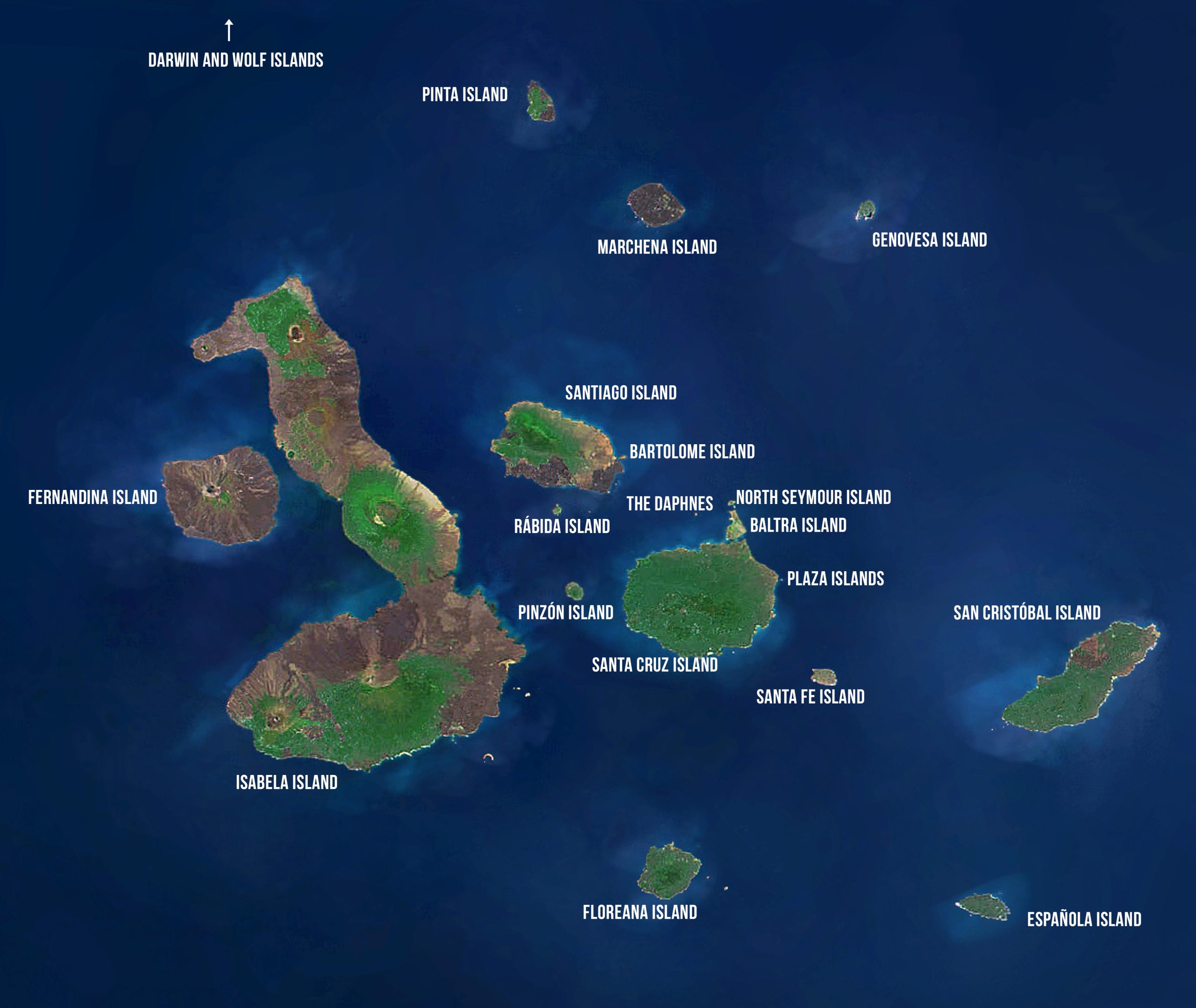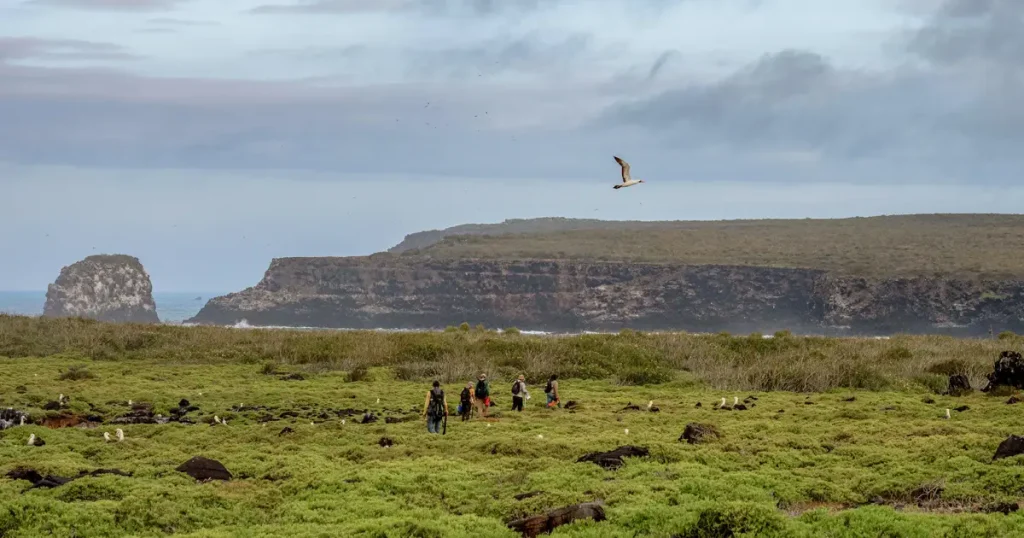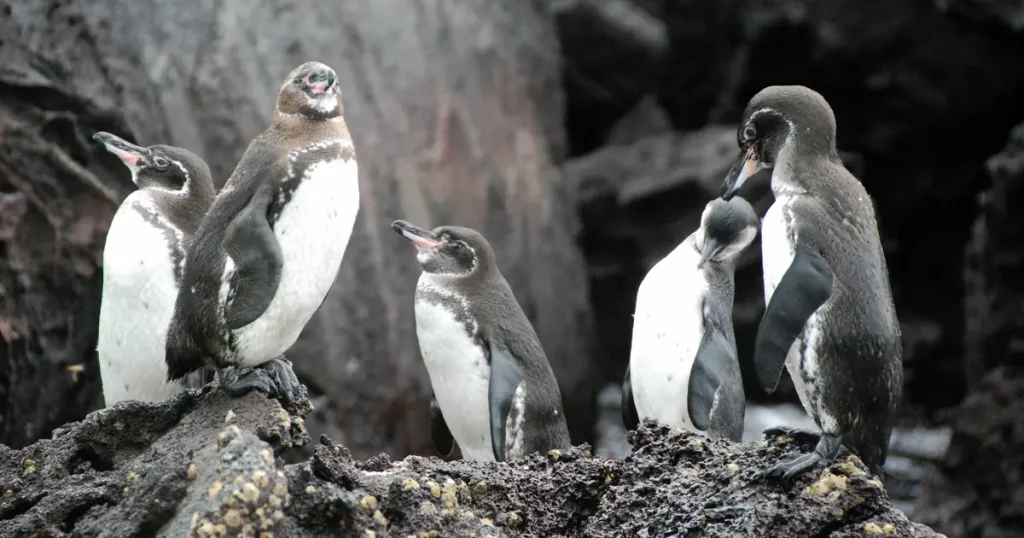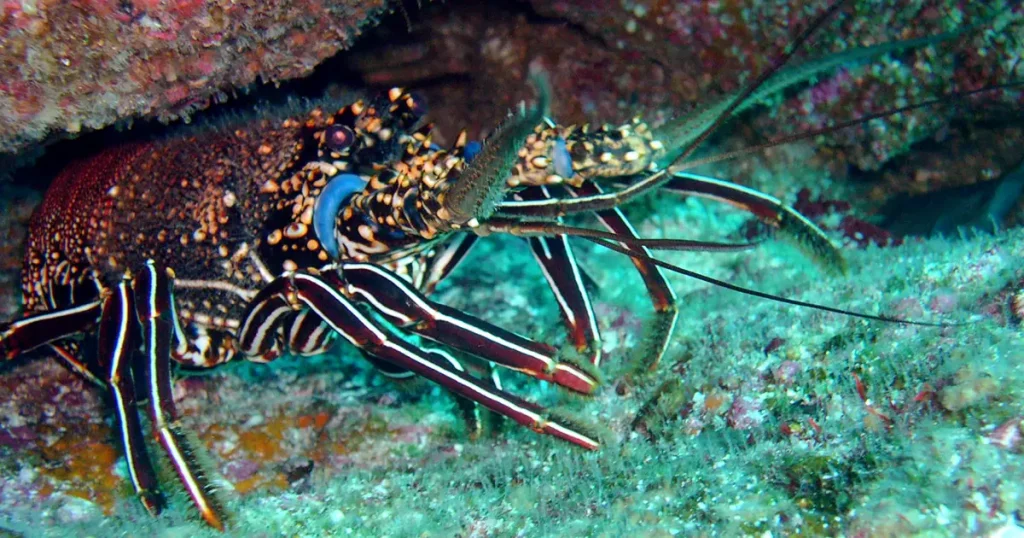Wolf Island

Wolf Island
Area: 2.85 km2 or 1.1 mi2
Maximum Altitude: 253 m or 830 ft
Human Population: 0
HISTORY
Wolf Island (also known as Wenman Island) was named after the German geologist Theodor Wolf. It is located some 100 miles NW of Isabela on the Wolf-Darwin volcanic ridge. Darwin and Wolf Islands are the most remote in the archipelago. The first terrestrial visit took place in 1964 with the aid of a helicopter. Both Wolf and Darwin are the remaining tips of a massive, mostly subsurface volcano that rises over 1000 m above the sea floor. Now extinct, it is estimated to be from 400,000 to 1.6 million years old.
TODAY
Wolf is inhabited only by sea birds and is rarely visited by tourists other than master divers. There is no terrestrial visitor site on the island. The main attraction of this tiny island is the dive site known as El Derrumbe. It is well-known among divers for its diverse and abundant marine wildlife. Because of the cold currents, the Great Spotted Whale Shark, various species of whales, and Hammerhead, White-tipped, and Galápagos Sharks are often seen. While many seabirds frequent the cliffs of the island, the most famous resident is the vampire finch.
The same species as the Sharp-beaked Ground Finch (Geospiza difficilis), on Wolf Island these birds have developed a curious and perhaps a bit repugnant behavior – drinking the blood of the Nazca and Red-footed Boobies and other birds that nest on the island. The climate on Wolf is extremely dry most of the year and the seeds that are produced in the brief periods of rain are quickly eaten by the finches. To survive the long dry spells, the finches developed this extraordinary behavior. They peck the skin of the booby at the base of their feathers with their very sharp beaks until they draw blood. Other finches line up behind the booby and as soon as one leaves another takes its place.
It is theorized that this behavior evolved from the pecking behavior used to eat parasites that live within the plumage. Curiously their feeding does not appear to harm the boobies. The vampire finch also feeds on booby eggs, as well as the lubricating fluids released by the boobies when they lay the eggs. However, some finches are not strong enough to crack the eggs, so they roll them until they fall and crack.
CONSERVATION CHALLENGES
Given the great distance from the central islands, both Wolf and Darwin Islands are vulnerable to unregulated fishing and dive tourism. For this reason, the Galapagos National Park has recently established a permanent floating base at Wolf Island for patrolling these northern waters.
Marine Visitor Site: El Derrumbe
Located on the southern end of the island, El Derrumbe is particularly known for its abundance of Hammerhead and Galápagos Sharks, and the occasional whale shark. Sea turtles, Manta Rays, other types of rays, and many species of fish are also often seen.



